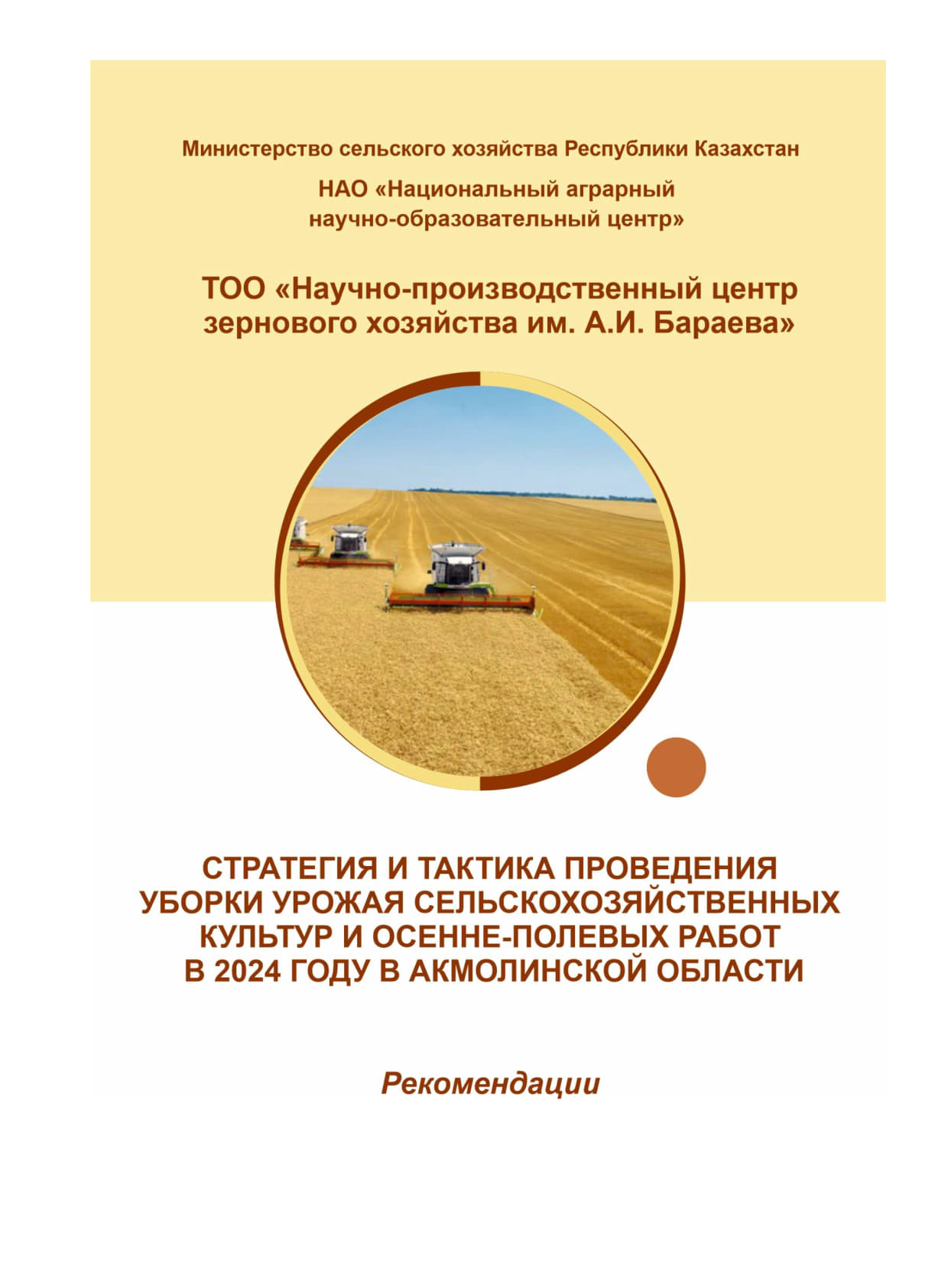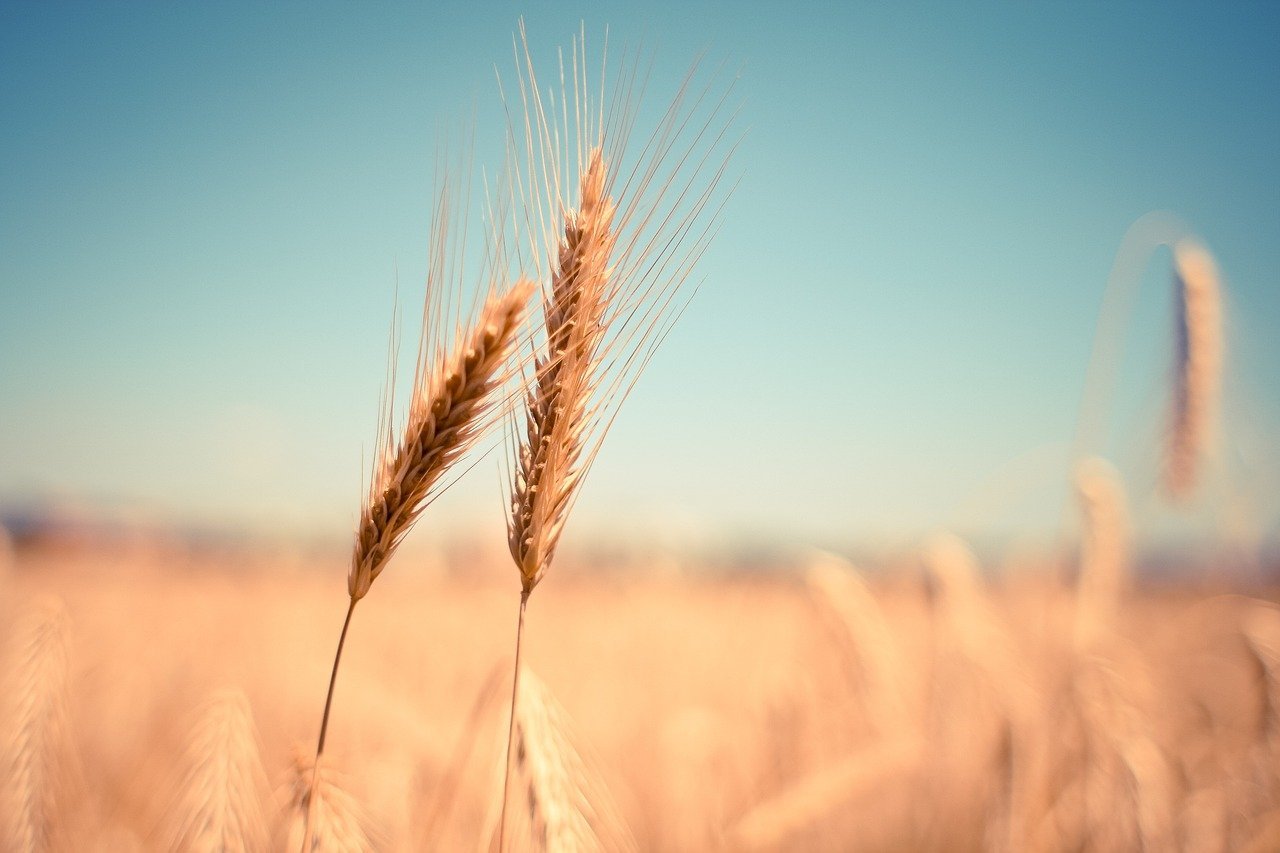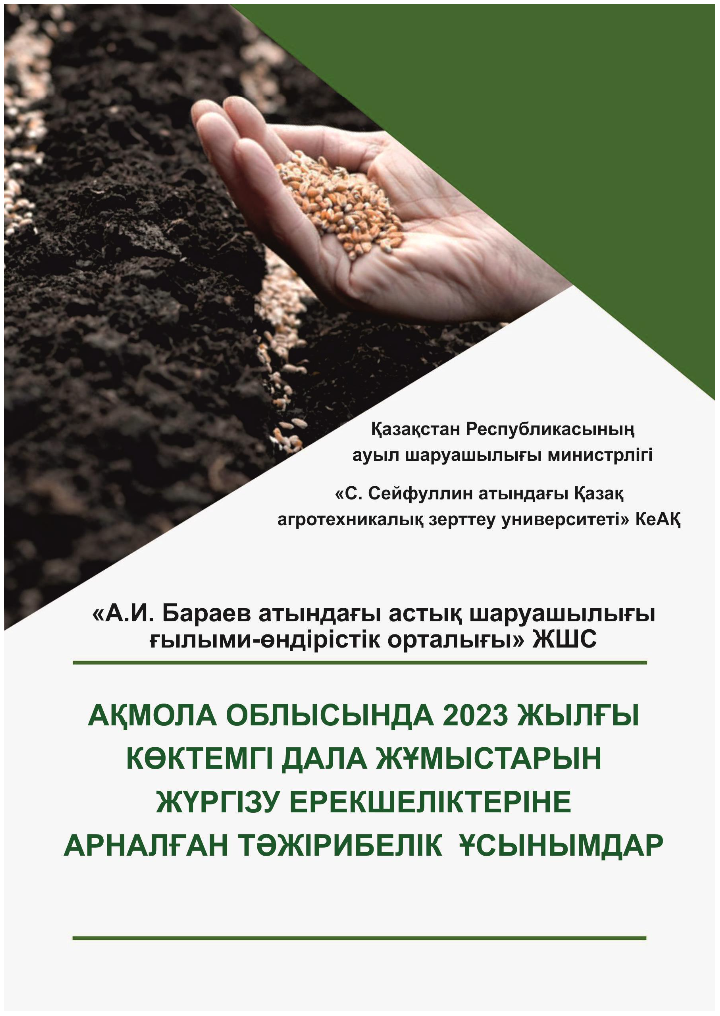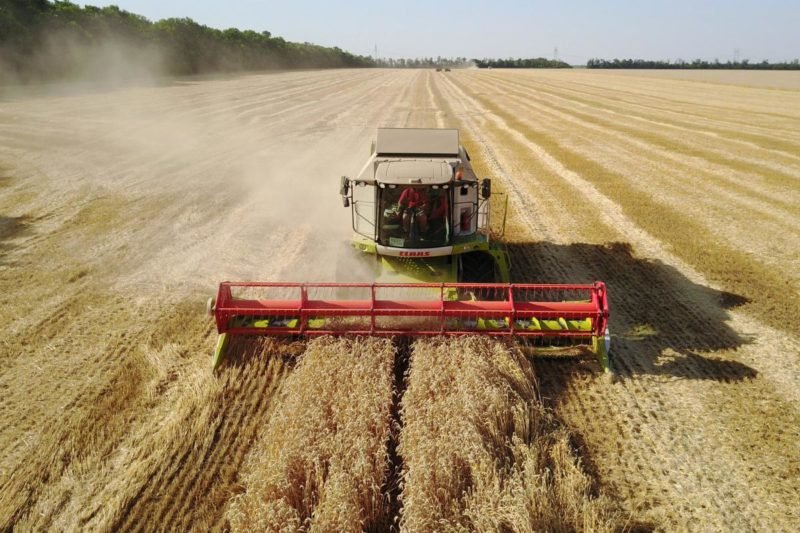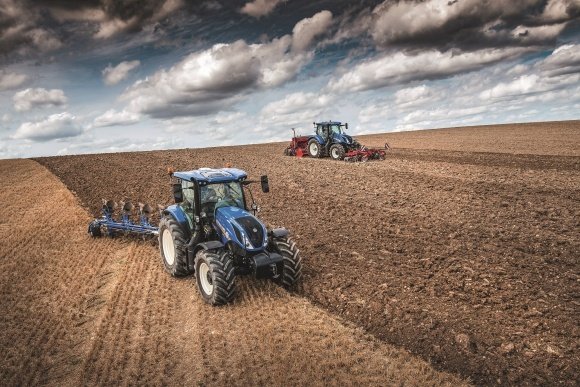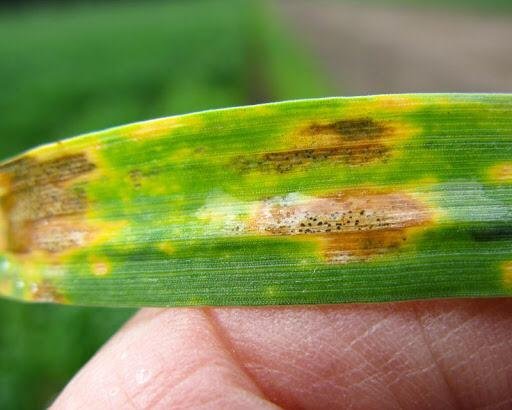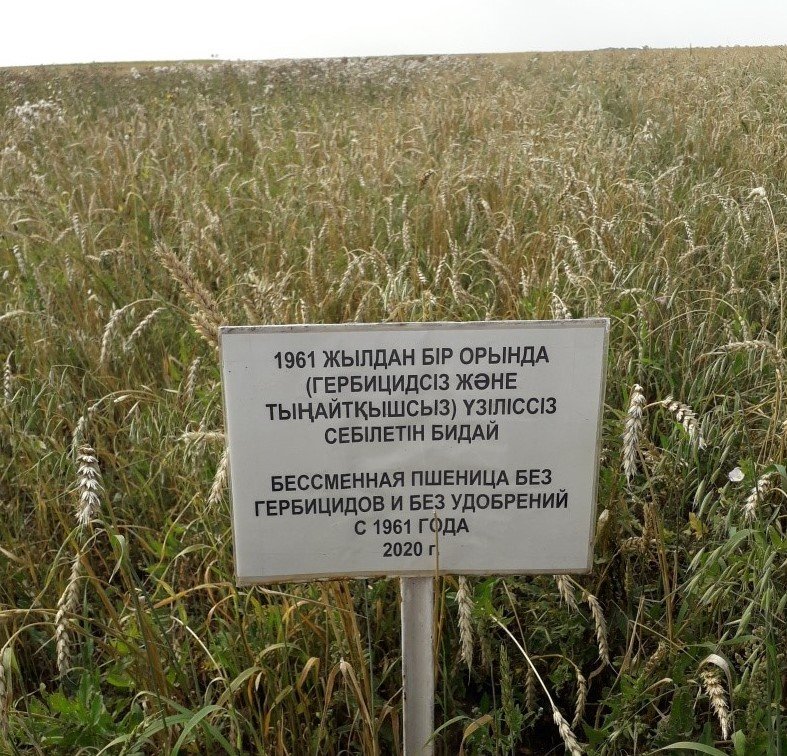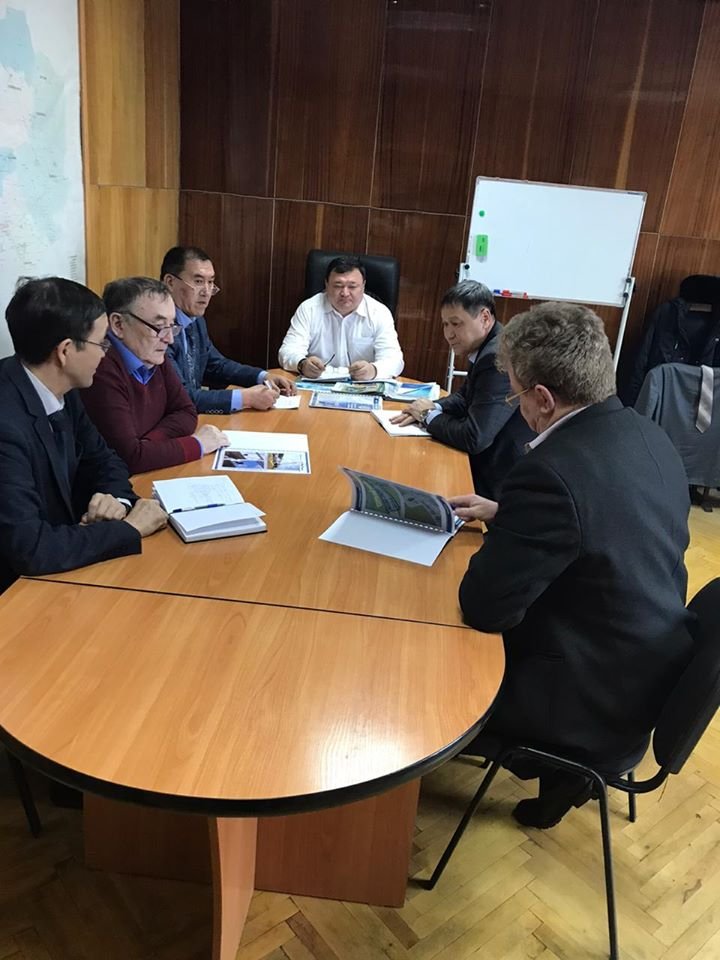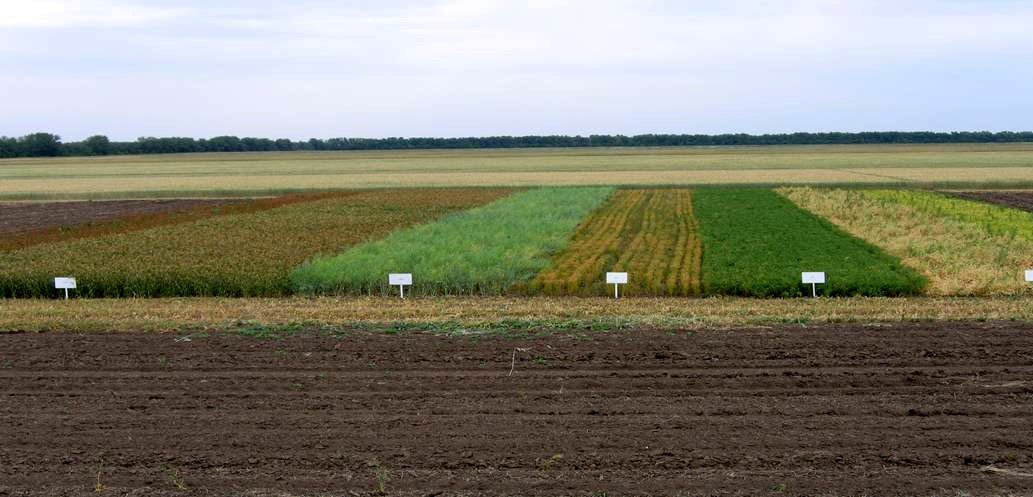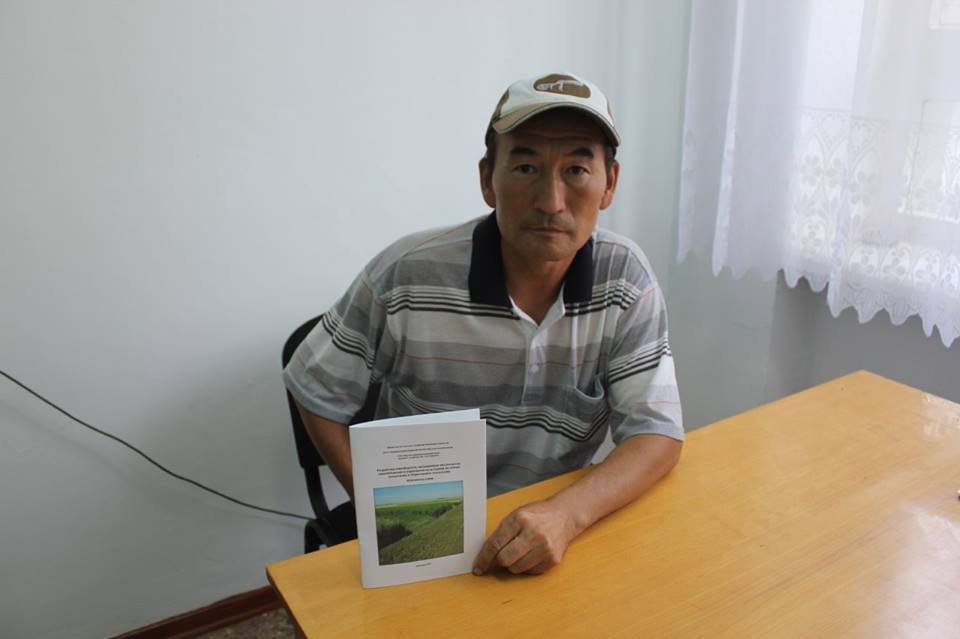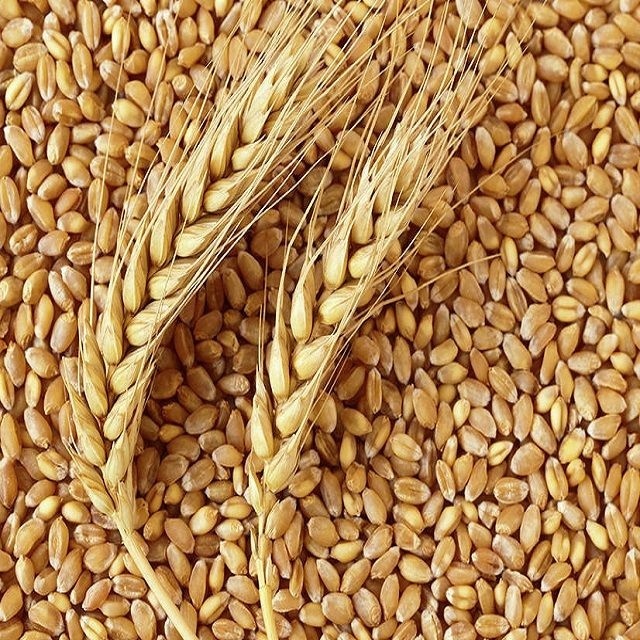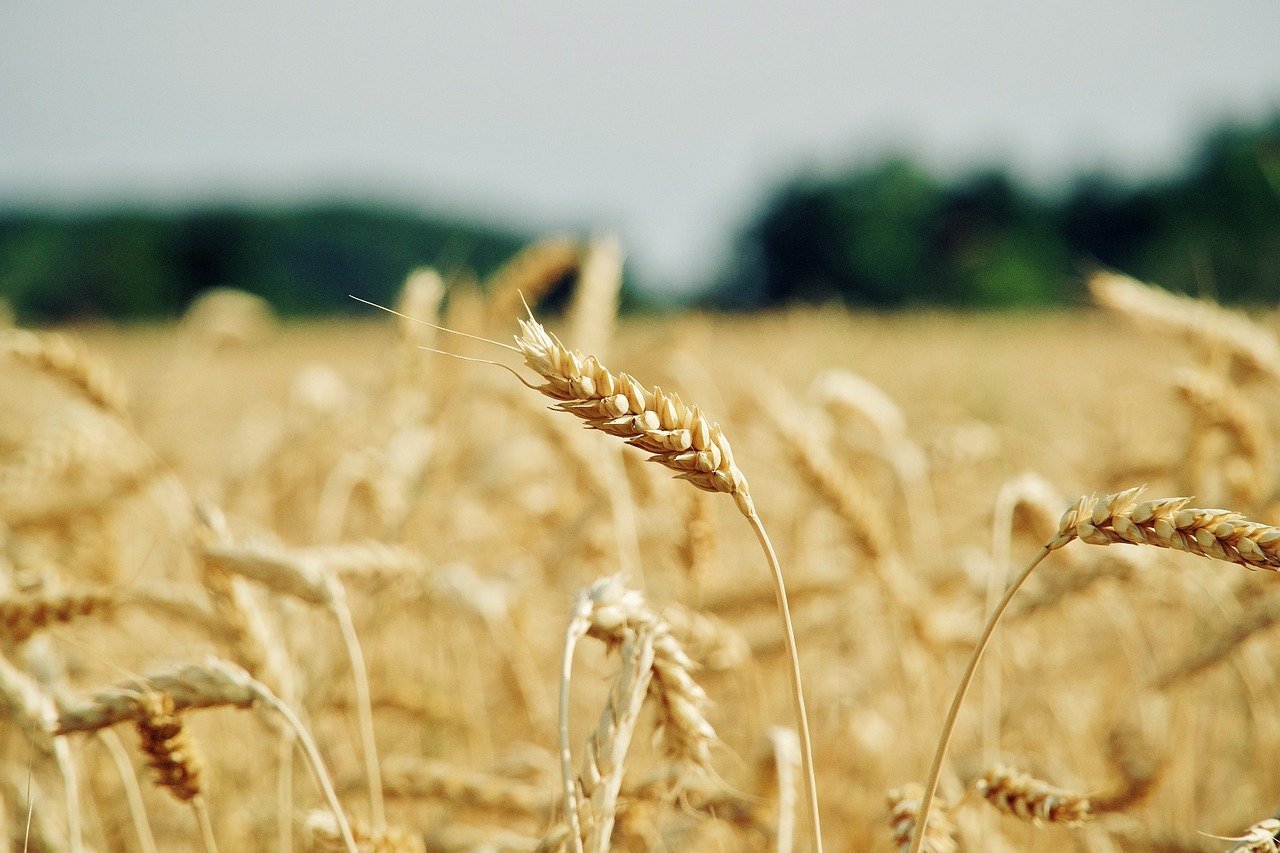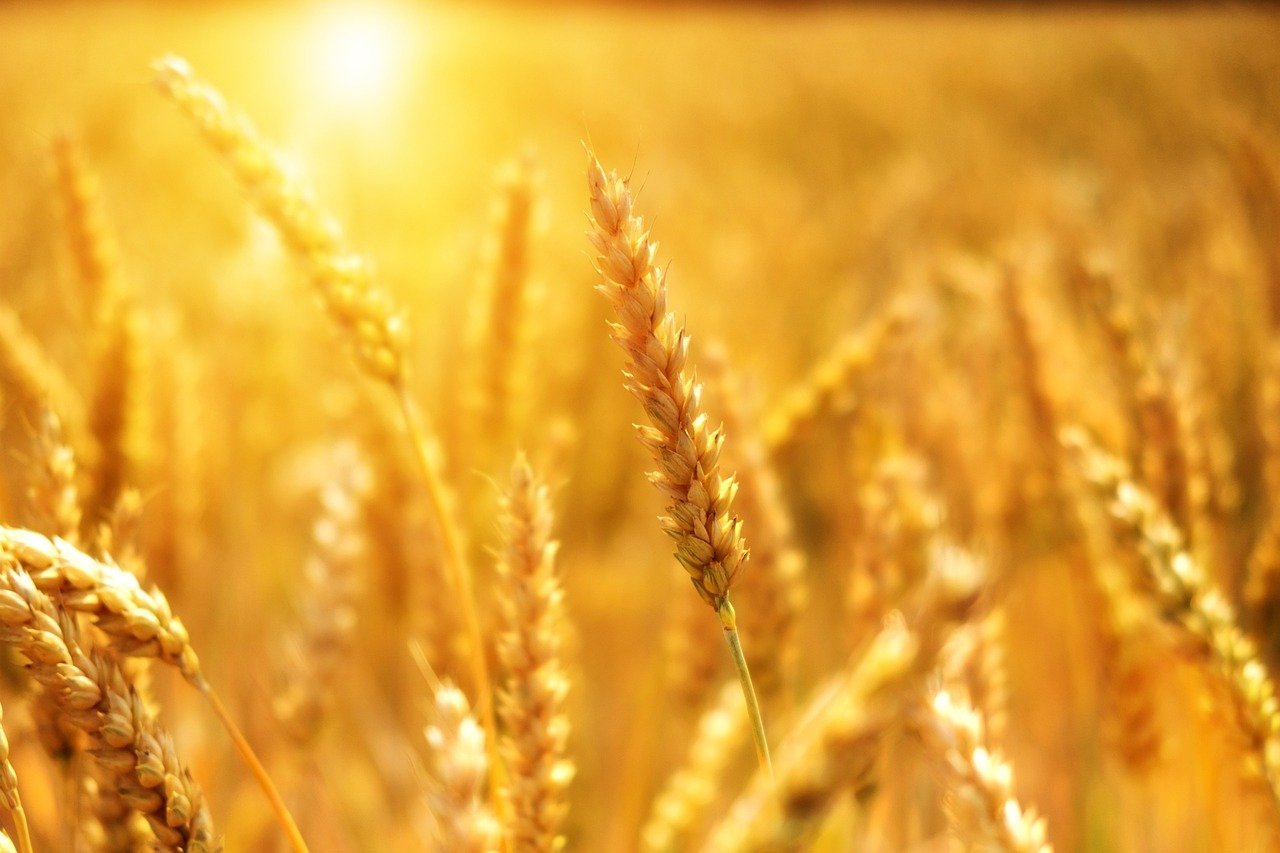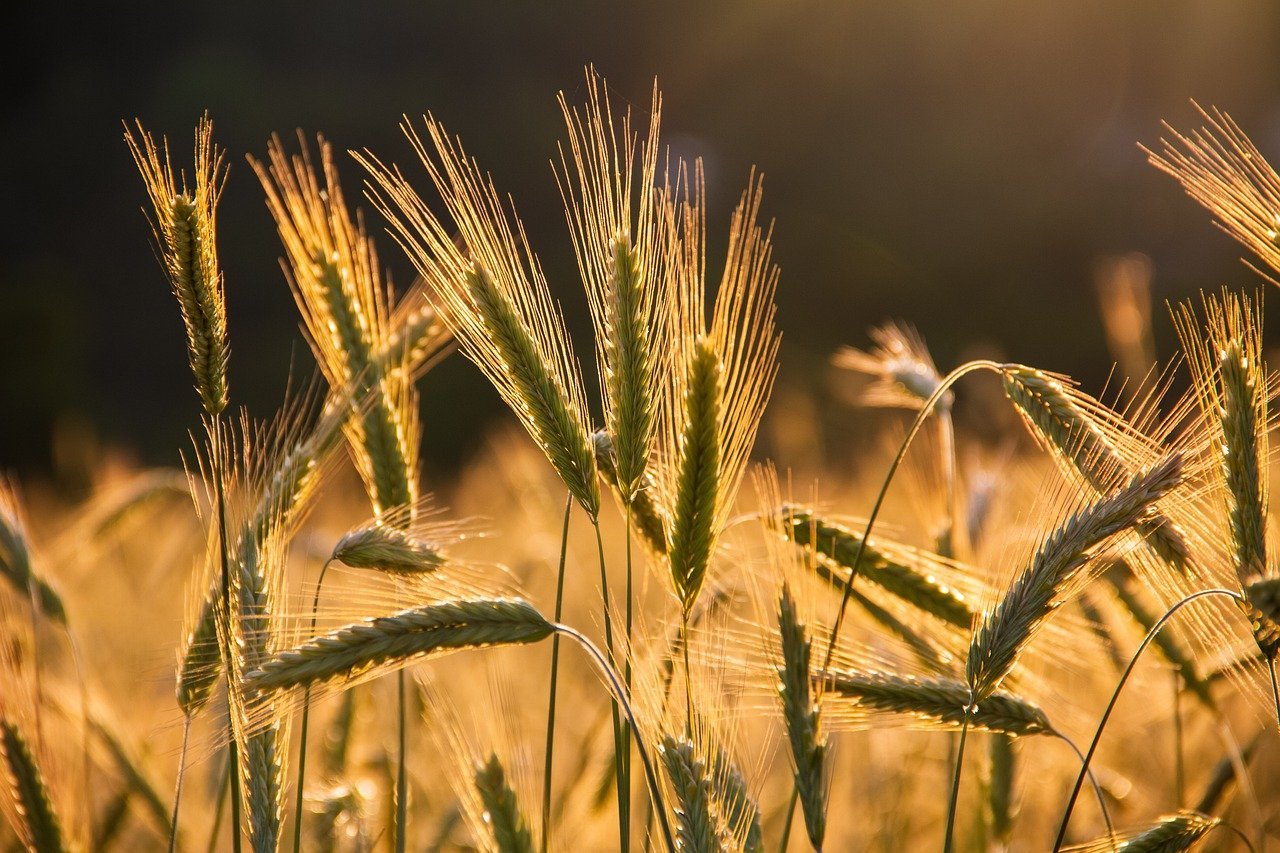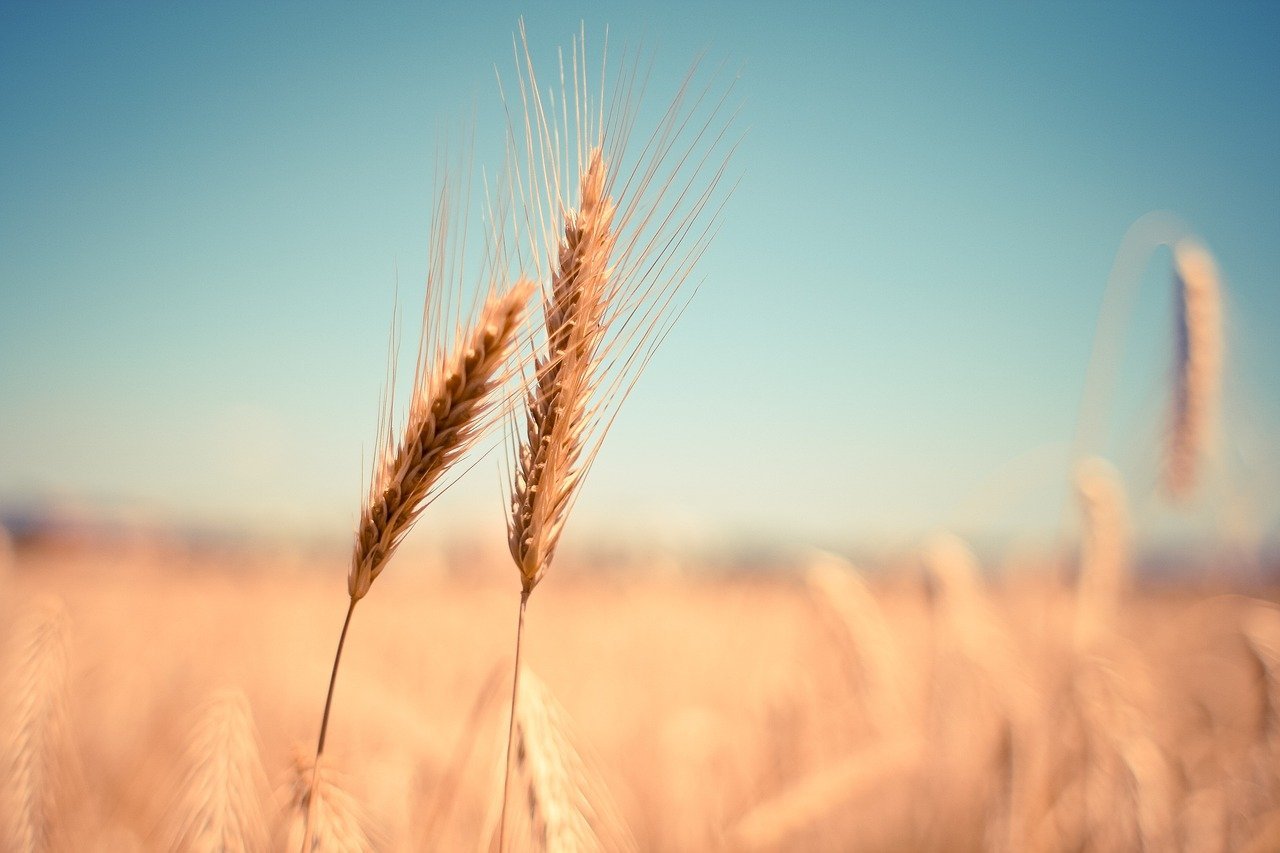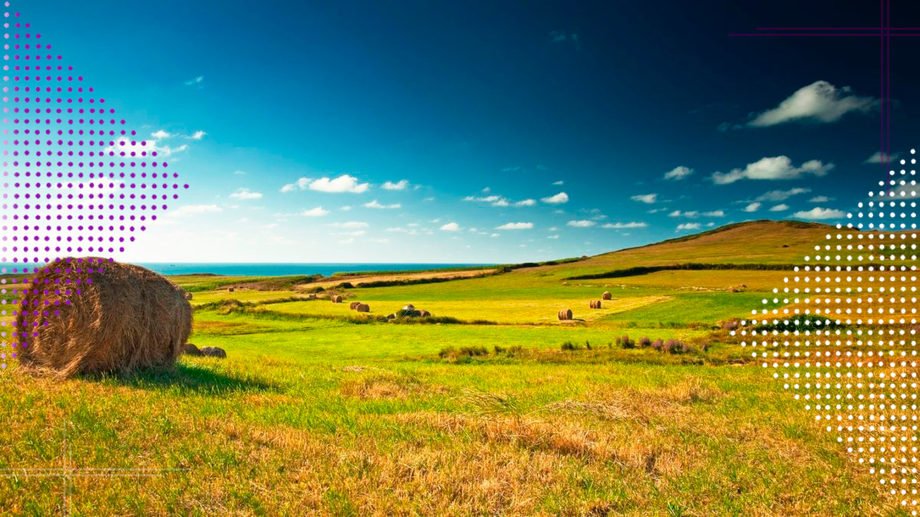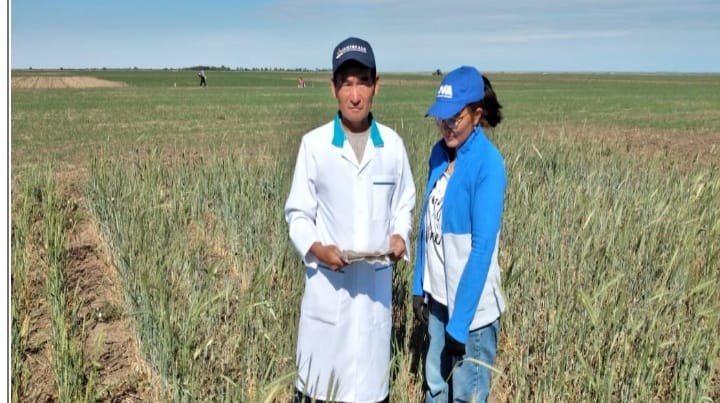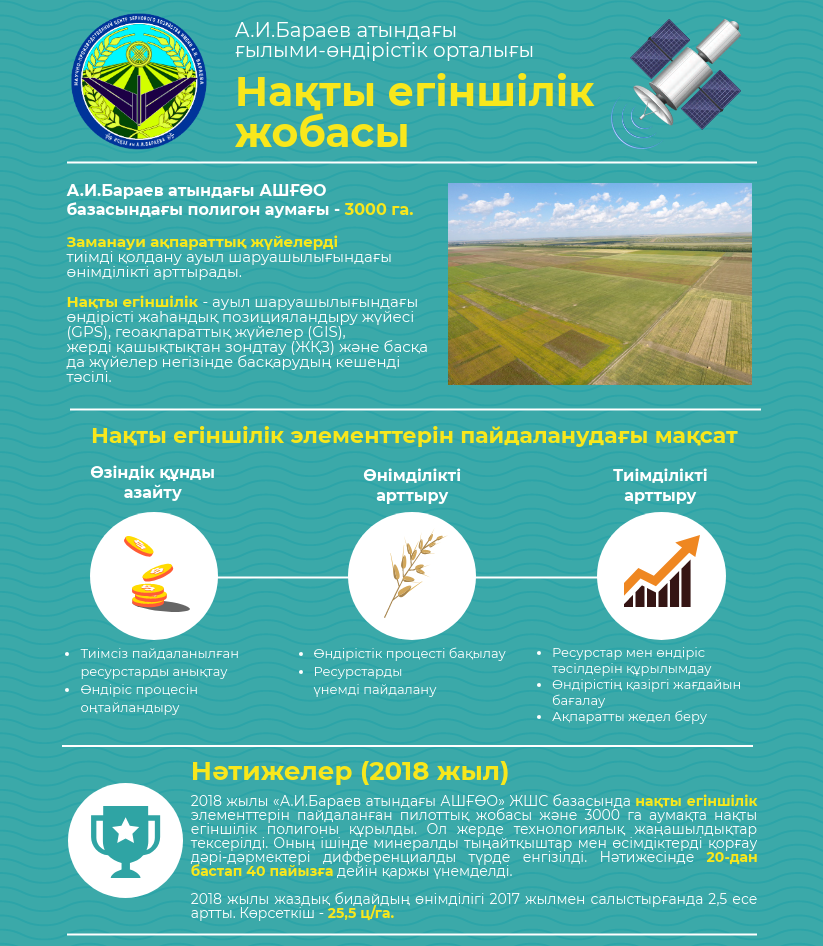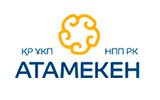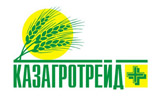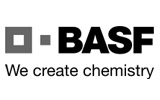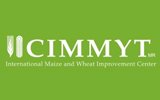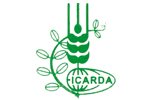Diversification in agriculture and crop production in the north of Kazakhstan
News

The meteorological conditions of the northern region of Kazakhstan, which includes Pavlodar, Akmola, Karaganda and Kostanay regions, are sharply continental, and therefore, crop production in these regions requires constant diversification. For the dynamic development of the agricultural sector in this region, the specialization of agriculture is important along the way of expanding the range of cultivated crops, while at the same time complying with environmental requirements to prevent harm to soil cultivation processes, and, in general, agriculture.
Scientists have proved (Pryanishnikov D.N. (1962), Kozlova L.M. (2011), Shakirov R.S. (2018), etc.), that the basic basis of agriculture is certainly crop rotation.The role of crop rotations in agriculture is higher, even than organic and mineral fertilizers.For example, without fertilizers and without crop rotation, wheat yield was 8.5 c/ha, and in crop rotation -16.5 c/ha, however, when applying the full rate of mineral fertilizers, wheat yield in crop rotation increased up to 3 times than without crop rotation.This advantage of crop rotation, of course, is to improve soil conditions, respectively, crop rotation can be attributed to agrotechnical land reclamation.
However, in practice, this truth is not always taken into account. On the example of data for the Akmola region (Table1) it can be noted that a high proportion of grain crops remains in agriculture - 84-85% of the total arable land, including spring wheat – up to 87-90% among cereals.
Table 1. Dynamics of changes in the acreage of agricultural crops in the Akmola region
Group of Agricultural crops | Share of sown areas of agricultural crops by year | |||||
1999 year | 2012 year | 2022 year | ||||
thousand ha | % | thousand ha | % | thousand ha | % | |
Oilseeds | 9 | 0,24 | 189 | 3,84 | 282,8 | 5,5 |
Vegetables | 4,3 | 0,11 | 4,3 | 0,09 | 2,7 | 0,05 |
Potato | 14 | 0,37 | 18 | 0,37 | 17,4 | 0,35 |
Grain crops | 3190 | 84,65 | 4344 | 88,34 | 4600 | 90,5 |
Forage crops | 551 | 14,62 | 362 | 7,36 | 184,6 | 3,6 |
Total | 3768 | 4917 | 5087,5 | |||
In the period from 1999 to 2012, there was a decrease in oilseed and forage crops. Of course, the above mentioned crops of Akmola region demonstrate a certain stagnation in the structure of crops in the period from 1999 to 2012. By 2022, the structure of crops also remains with a large proportion of spring wheat, therefore, spring wheat remains a monoculture for the time being. This certainly has a negative effect on soil conditions (aggregate composition, bulk density, sanitary condition, etc.) and causes fatigue of the soil in conditions of a single crop and same agricultural machinery.At the same time, in the years presented, there was a slight decrease in the yield of spring wheat. According to the scientists of the SPC GF named after A.Barayev, with permanent crops, the yield of spring wheat was 7.1-9.4 c/ha, and with 4-5 full crop rotation, with the inclusion of spring barley, the yield increases to 13 c/ha.
In a market system in agriculture, the basic basis of efficiency is scientifically based and economically feasible diversification in crop production. In a broad sense, differsification is the improvement of the content and structure of crops, crop rotation and agrotechnology, hydro–reclamation and other types of agricultural land reclamation. This is done to ensure that production meets demand, as well as to achieve greater compliance of the biological needs of cultivated crops with local agro-climatic and other natural conditions. Diversification is strongly influenced by marketing conditions (demand) and the need to improve soil conditions. At the same time, diversification in agriculture will lead to the diversification of animal husbandry in other types of rural business, as they are based on crop production. Accordingly, the analyzed region needs diversification of crop production, and, in general, in the system of agriculture.
The determining factors of proper diversification remain the natural conditions and agrobiological features of the region, land and a particular field, as well as their proper use.
Among the natural factors that should be taken into account when diversifying, the most limiting are moisture and heat. Therefore, when selecting and zoning agricultural crops, it is necessary to take as a basis the indicators of natural moisture (moisture supply) and heat supply of the region, a specific territory and land. According to the value of the moisture coefficient (MU), KazRIWE specialists divide the territories of the north of Kazakhstan into four agro-climatic zones (Table 2).
Table 2. Agro-climatic zones of moisture and soil cover of the northern territory of Kazakhstan
Moisture coefficient, Mc | Precipitation amount (May-August),mm | Amount of temperature period with temperature above 50С | Humidification zones | Natural areas | Main types of soils |
> 0,50 | 180-190 | 2400-2500 | semi-arid | forest-steppe | leached chernozems, ordinary chernozems |
0,50-0,40 | 160-170 | 2600-2700 | arid | arid steppe | southern chernozem |
0,40-0,30 | 140-150 | 2800-2900 | semi-dry | dry steppe | dark chestnut, typical chestnut |
0,30-0,20 | 110-120 | 3000-3200 | dry | semi-desert | dark and light chestnut |
When zoning crops, in addition to the factors noted above, it is very important to take into account the influence of soil conditions on spring field work, sowing dates, water consumption and other indicators. The mechanical content of the soil is of great importance when choosing the start date of spring field work, for example, on loamy sand soils, field work should begin 4-6 days earlier than on loamy soils (Table 3).
Table 3. Dates of spring agrotechnical works in conditions of different levels of natural moisture and mechanical content
Moisture coefficient | Types of soils by mechanical composition | |
sandy loam soils | heavy loamy soil | |
0,40-0,50 | 08.05 | 12.05 |
0,20-0,30 | 04.05 | 08.05 |
In addition, an important relationship between natural conditions and the needs of different types and varieties of agricultural crops has been identified. The results of research conducted in the north of the country within the PTF “To develop a system of agriculture for the cultivation of agricultural crops (cereals, legumes, oilseeds and industrial crops) using elements of cultivation technology, differentiated nutrition, plant protection products and equipment for cost-effective production based on a comparative study of various cultivation technologies for the regions of Kazakhstan” (URN: BR10764908) on the issue “Development, transfer of effective technological schemes of cultivation of agricultural crops” indicate the need to take very carefully into account agro-climatic (heat supply, natural moisture, frost features), geomorphological, hydrogeological, soil and other natural conditions when diversifying crop production, as well as the ability of farms to comply with the agrotechnics of each crop, starting from the forecrop, the basis of soil treatment, etc.
To increase the reclamation and agro-economic role of crop rotations, it is also useful to include so-called mixed crops (for example, oats + rapeseed, etc.) of a short vegetation period to create a “green” conveyor, and for the period May-September it can be organized in two stages. It is necessary to actively introduce peas and other legumes into the production of crops that have a low need for moisture, up to 130-150mm is consumed per 1t crop of this group of crops.
Analysis of the history of agricultural land use in the northern regions of Kazakhstan indicates that regular irrigation of land in the region can become a basic condition for expanding the range of cultivated crops and a sharp increase in their productivity, especially in agro-climatic zones with a moisture coefficient of up to 0.40. Of course, summer precipitation in the forest-steppe zone is more than 200 mm, but they cannot always have a positive impact, since the rains do not always fall in the right time. Therefore, even in this zone, with a moisture coefficient of 0.50 or more, irrigation is a powerful factor of a consistently high yield.
If we consider the level of water consumption of the main agricultural crops in various zones of the northern region of the country, then we observe a shortage of water consumption (Table 4).
Table 4. Water consumption deficit of the main agricultural crops
Natural areas | Mc | Agricultural crops | ||
Spring grains | Potato | Vegetables | ||
Forest-steppe | 0,60-0,55 0,55-0,50 | 800-2000 1000-2150 | 1400-2800 1500-2950 | 1900-3200 2000-3350 |
Arid steppe | 0,50-0,45 0,45-0,40 | 1150-2350 1300-2500 | 1650-3150 2000-3400 | 2150-3550 2250-3650 |
Dry steppe | 0,40-0,35 0,35-0,30 | 1500-2750 1700-2900 | 2350-3750 2750-4100 | 2500-4000 2850-4400 |
Semi-desert | 0,30-0,25 0,25-0,20 | 1850-3150 2150-3400 | 3100-4450 3450-5000 | 3150-4750 3800-5450 |
According to the above data, it can be argued that in the northern region of Kazakhstan, regular irrigation may well become a powerful factor in the competitiveness of agriculture and maintaining stability even with a noticeable warming of the climate. Moreover, irrigation will allow to expand the crops of grain legumes, legume grasses, planting potatoes, vegetables, oilseeds and other crops, as well as to get two harvests per year by organizing a green conveyor when cultivating mixed crops, using the example of the results of the project “Formation of highly productive agrophytocenoses of forage crops on irrigated lands of Northern Kazakhstan” (2021-2023).A limiting factor in the development of irrigation in the northern regions (except for the Pavlodar region) is the limitation of river flow. On the territory of the northern region by 1990, the area of irrigated land amounted to 233 thousand ha, including due to river flow – 208 thousand ha, local flow - 25 thousand ha. Forecast calculations indicate the prospect of increasing irrigated lands to 400 thousand hectares, of which 250 thousand ha, including 240 thousand ha due to river flow and local flow (meltwater) – 150 thousand ha.
In the Message to the People of Kazakhstan (01.09.2023), the President of the Republic of Kazakhstan K.Tokayev noted the need for meltwater management by state bodies and farms, respectively. For this, it is important to build new and restore previously built structures, however, having a small useful capacity of 1-5 million m3.
Based on the calculations carried out, it can be argued that from every 8-10 thousand ha of catchment areas can accumulate up to 2-2.5 million m3 of meltwater and 1.5-1.6 million m3 of this volume can be used for irrigation of up to 500 hectares of irrigated land with a gross productivity of 500-700 million tenge per year.
To implement these calculations, it is necessary to use modern low-pressure sprinkler machines (modern Kuban, Valley, Zimatik, etc.), selected taking into account local soil and other natural conditions. Watering should be prescribed with the condition of avoiding flow and soil erosion - on heavy loam 300-330m3 / ha, on medium soils 400-450m3 / ha, on sandy loam and light loam 500-550m3/ ha. In the study of this direction, the SPC GF named after A.Barayev, together with KazRIWE, carries out work on irrigation of mixed crops of forage crops. It will be very useful if this work is continued with new tasks and crops, in order to conduct not only research on important issues, but also to demonstrate the features of irrigation of water-saving technology to farmers, with the invitation of suppliers of sprinkler machines.
Thus, it should be emphasized that meliorative diversification is also important for the northern region of Kazakhstan, through the creation of meliorative technoparks (MelTechPark) for the active introduction of water-saving irrigation and maintenance of sprinkler machines of pumping stations. At the Meltech park, it is also important to organize the purchase of deep-freezers for periodic (1 time in 4-6 years) destruction of compacted interlayers (10-20 cm thick) in a 40-70 cm layer. This event will allow you to accumulate more moisture both in spring and summer, and warn about the rise of harmful salts in the upper horizons.
Based on the above facts, it can be noted that the diversification of agriculture and crop production with proper, i.e., scientifically-based implementation leads to progress without prejudice to soil-forming processes and the economy of farms. As in the northern region, the limiting factor is moisture. Therefore, the development of irrigation through the accumulation of meltwater creates the conditions for a more expanded and effective diversification.
Mukhanov N.K., PhD, Kenenbaev T.S., PhD in Agricultural sciences, Baitelenova A.A. PhD in Agricultural sciences, Acting associated professor
